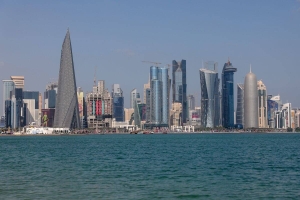Why India’s new US-backed trade corridor to Europe is no ‘anti-China project’ for the Middle East
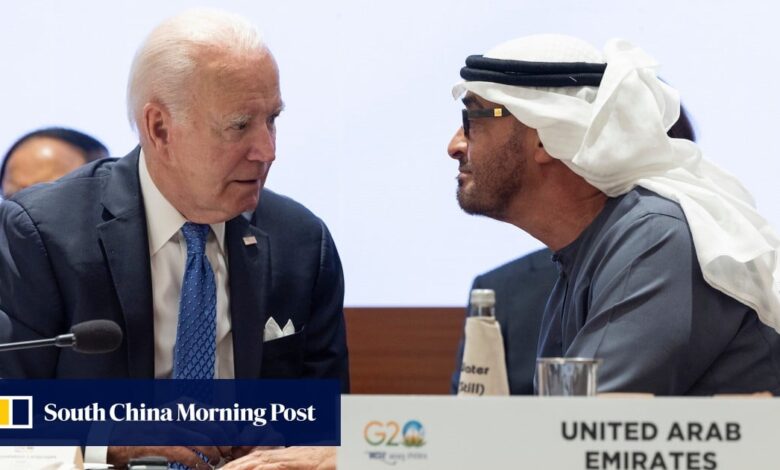
[ad_1]
“More broadly, it reflects the diversification of diplomatic relations in the current and emerging multipolar world,” said Guy Burton, an international-relations professor and author of China and Middle East Conflicts: Responding to War and Rivalry from the Cold War to the Present.
“So I don’t think the idea that it will be an anti-China project really washes in the Gulf.”
A Western-led challenge to China’s belt and road? Not so fast, analysts say
A Western-led challenge to China’s belt and road? Not so fast, analysts say
Riyadh, in particular, sees the new corridor as a way of “changing its function in the world” from being primarily an oil exporter to becoming a global hub for tourism, investment and logistics, said Aziz al-Ghashian, a Saudi political analyst and foreign policy observer.
Fossil-fuel exporters Saudi Arabia and the UAE are especially excited about the new corridor as it “fits well with their economic diversification plans – so it seems to make sense”, he said.
‘Sowing the seeds’
The IMEC isn’t just about trade, either. Supply chain integration is another major selling point, with the aim of promoting joint manufacturing ventures between public and private sector partners in nations along the route.
In addition, a transcontinental fibre-optic network has been proposed to improve internet connectivity between the regions involved.
At an event on the sidelines of this month’s G20 summit announcing the connectivity initiative, Indian Prime Minister Modi applauded the new pact for “sowing the seeds for future generations to dream bigger”.
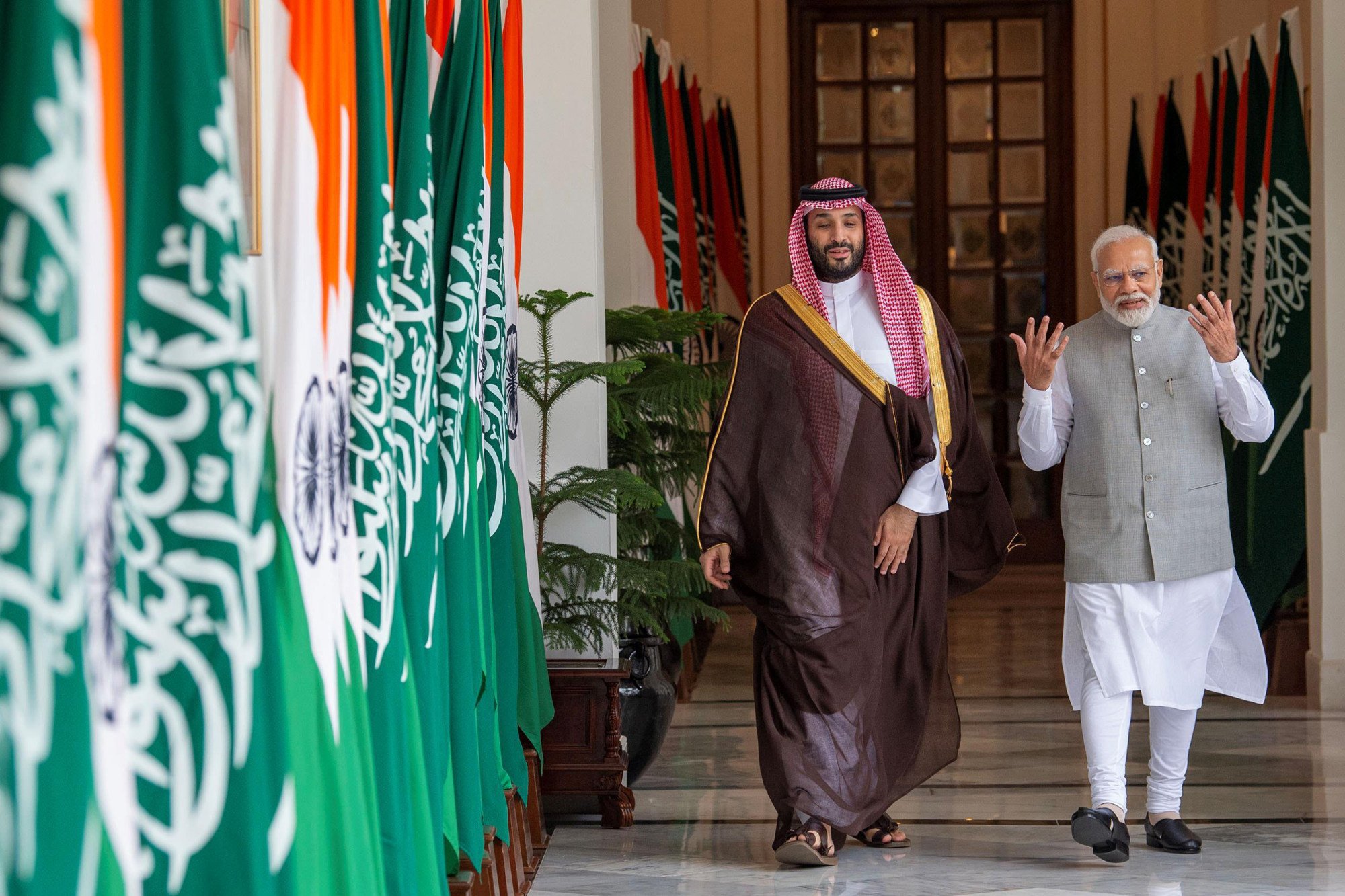
About US$55 billion of this total is earmarked for an enormous new refinery and petrochemicals complex on India’s west coast, and the setting up of a strategic Indian oil reserve in partnership with Saudi Arabia and the UAE.
A consortium of Emirati firms, including ports and free-zone operator DP World, have already begun work on developing a US$7 billion logistics and distribution network for an envisaged India-Middle East food corridor.
It comes as trade between India and the Gulf Cooperation Council – a regional union comprising Saudi Arabia, the UAE, Qatar, Kuwait, Oman and Bahrain – has surged, reaching US$154.7 billion in the 2021-22 financial year, up 77 per cent year on year.
China’s two-way trade with the region stood at around US$180 billion over the same period.
Strained relations
One obvious geopolitical challenge to the IMEC’s implementation is the lack of official diplomatic ties between Saudi Arabia and Israel.
Israeli Prime Minister Benjamin Netanyahu welcomed the IMEC as a “cooperation project that is the greatest in our history … [and which] takes us to a new era of regional and global integration and cooperation, unprecedented and unique in its scope”.
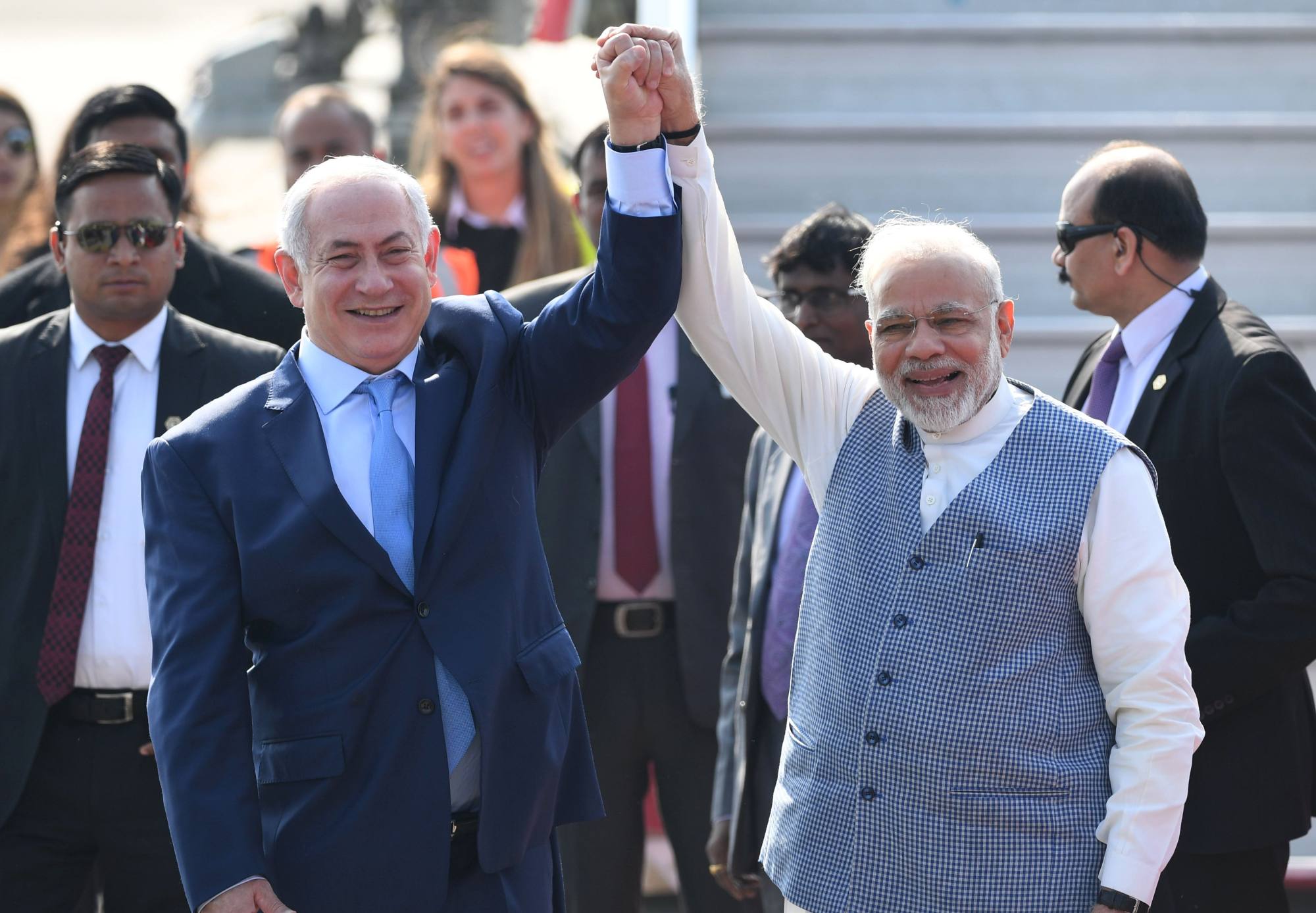
Even without formal relations, the plan can still go ahead as “for many years, Israel and Saudi Arabia have conducted business under the table, without normalisation”, Israeli analyst Witte said.
“The IMEC too can be done in the current context and neither adds pressure for normalisation nor requires it.”
Saudi analyst al-Ghashian said the economic corridor wasn’t necessarily a step towards normalised Jerusalem-Riyadh relations, currently the subject of three-way negotiations with the US, but “it will help normalisation go smoother when it happens in the future”.
In the face of a project of such size, breadth and complexity, ongoing and strong political will is required
And it’s not just strained Israel-Saudi ties that could threaten to undermine the project.
“The different goals and perspectives of each country will add to the challenge,” Witte said. “In the face of a project of such size, breadth and complexity, ongoing and strong political will is required.”
It was “important to Israel”, she said, that the IMEC expands cooperation with India “well beyond the strong defence arena and into multilateral middle-power connectivity” by opening up an array of business, investment and trade opportunities.
Israeli firms have already played a major role in providing technologies to boost crop productivity in the vast South Asian nation’s water-stressed states.
Washington’s role
But international-relations expert Burton said the new corridor’s characterisation as a geopolitical riposte to Beijing “is probably seen more from the perspective of the US and New Delhi” rather than the Middle Eastern nations taking part.
The US president showed much warmth to Saudi’s Salman and UAE President Mohammed bin Zayed al-Nahyan at the IMEC memorandum signing ceremony, in stark contrast to the tensions that have prevailed among the three nations in recent years.
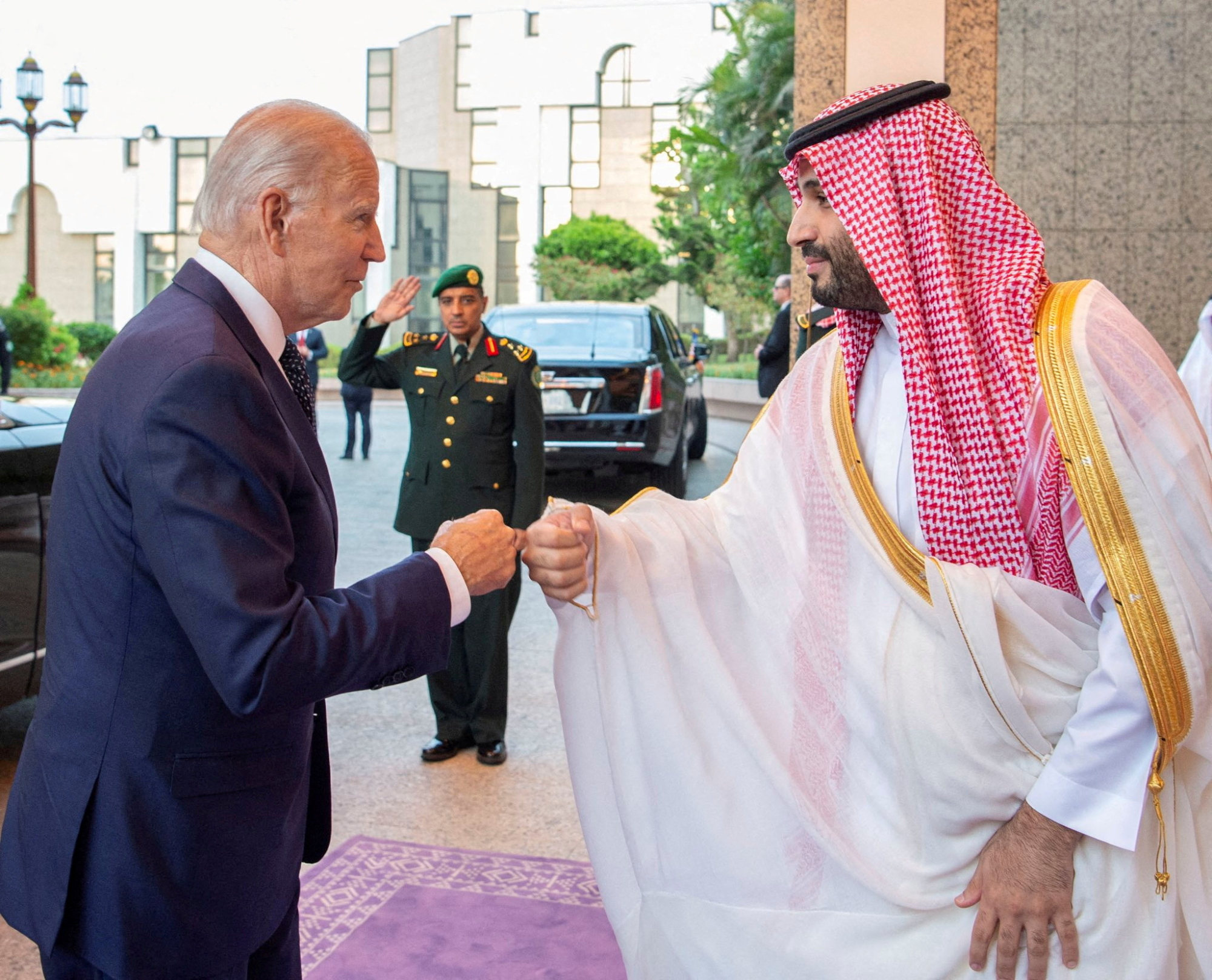
Crown Prince Salman has denied any involvement in the affair, while the security agents convicted by Saudi courts of killing Khashoggi have since been imprisoned.
The IMEC memorandum “is a sign of improving relations at the personal level between the two [leaders], but I wouldn’t say things are resolved”, Saudi analyst al-Ghashian said.
Biden gives Saudi crown prince hearty handshake a year after awkward fist bump
Biden gives Saudi crown prince hearty handshake a year after awkward fist bump
“Both the Saudis and Americans have realised that they will focus on the aspects that they do agree on and have a great interest in, and not make the Russian war nor the personal frostiness between their leaders” the decisive factors in the relationship, he said.
“The US has its ambitions too,” al-Ghashian said, “but it cannot achieve a lot of its regional vision without Saudi Arabia” given the kingdom’s size and political weight and “India wants a part of that, too”.
‘Still up in the air’
Since the launch of Beijing’s Belt and Road Initiative a decade ago, India has struggled to develop new trade connectivity corridors to Europe so as to avoid becoming dependent on a chain of Chinese-operated ports established in neighbouring South Asian countries and across the Middle East.
By the end of 2021, the Middle East and North Africa had attracted more than US$123 billion in Chinese belt and road investments.
The development of Delhi’s proposed International North-South Transport Corridor to connect India to Europe via Iran’s Gulf port of Chabahar, landlocked Central Asia and Russia has long been hampered by Western economic sanctions against Tehran and the Ukraine war.
I think it’s going to be challenging because it is going to rely so much on private capital
As for the IMEC, it’s not yet known which private firms will be involved, what types of projects they will be expected to support, and the structure of the public-private partnerships that will have to be set up.
“A lot of things in that regard are still up in the air,” said Burton, the author who is also an adjunct professor of international relations at the Brussels School of Governance.
Although a two-month working group has been formed to consider some of these points, “I think it’s going to be challenging because it is going to rely so much on private capital,” he said.
Businesses that want to get involved “will need to factor in both risk and profits before making a decision, which is very different from the geopolitical considerations that their governments are taking”, Burton said.
Such a private sector-led approach, he added, “could well struggle, not just financially, but in geopolitical terms as well”.
[ad_2]
Source link



